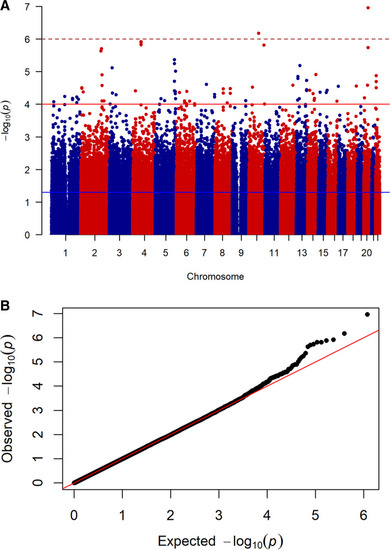- Title
-
Genome-wide analysis identified novel susceptible genes of restless legs syndrome in migraineurs
- Authors
- Jiang, Y.J., Fann, C.S., Fuh, J.L., Chung, M.Y., Huang, H.Y., Chu, K.C., Wang, Y.F., Hsu, C.L., Kao, L.S., Chen, S.P., Wang, S.J.
- Source
- Full text @ J Headache Pain
|
|
|
Regional plots of association signals. Regional plots for two newly identified loci associated with risk of restless legs syndrome in patients with migraine. Each regional plot shows the chromosomal position (GRCh37/hg19) of SNPs in the specific region against –log10 |
|
Expression of EXPRESSION / LABELING:
PHENOTYPE:
|
|
The quantity of amacrine cells and flapping frequency of pectoral fins in the transient |




